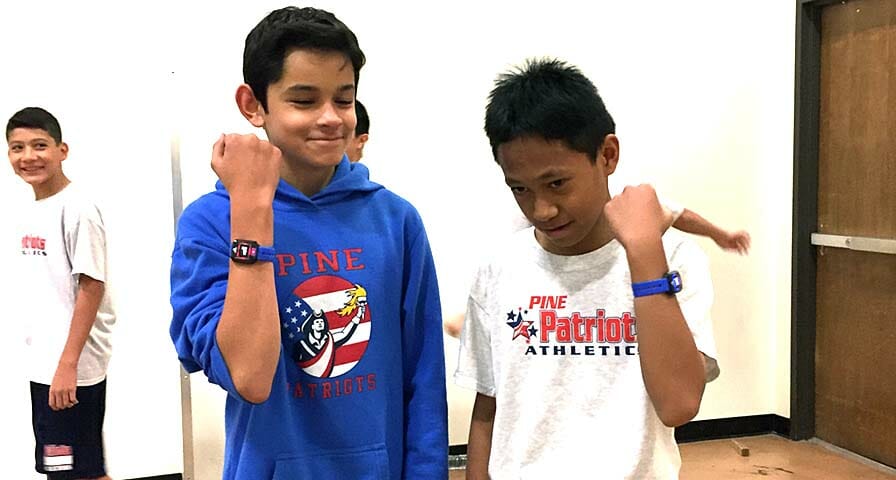Schools that provide quality physical education are seeing the benefits well beyond student fitness levels.
The IDEA Public School network saw five of its Texas-based high schools earn rankings among the country’s most challenging high schools. Teachers in Nevada and Iowa are working to prove the direct correlation between improved physical fitness and academic performance.
In many cases, students wear heart rate monitors such as the IHT Zonewrist heart rate monitor while they exercise during their physical education classes. Teachers then analyze the data through IHT’s Assessment Measures software, where they gauge each student’s individual performance based on that day’s goal for time spent exercising at an elevated heart rate.
At IDEA Public Schools, five high school campuses that put a priority on helping students achieve Center for Disease Control-recommended minimums of physical activity per week were honored for academic achievement by the Washington Post.
 “When our leadership invested in IHT’s technology, that was the commitment that physical activity is a primary factor in how we’re going get our kids to be able to grow to success as they head into the real world,” said Eren Kirksey, IDEA’s PE Curriculum Manager.
“When our leadership invested in IHT’s technology, that was the commitment that physical activity is a primary factor in how we’re going get our kids to be able to grow to success as they head into the real world,” said Eren Kirksey, IDEA’s PE Curriculum Manager.
Students at every IDEA campus, including the five schools ranked in the top nine of the Washington Post’s list of America’s Most Challenging High Schools, wear the IHT Zone monitors during their physical education classes. Not only are students working daily to improve their fitness, they score highly on Advanced Placement exams – four of the campuses recognized by the Washington Post saw at least 76 percent of students passing an AP exam and two campuses saw 89 percent of students pass at least one exam.
IDEA Schools recognized by the Washington Post include:
- Frontier College Prep – 3rd
- Mission College Prep – 4th
- San Juan College Prep – 5th
- San Benito College Prep – 6th, and
- Quest College Prep – 9th
“The end game of what we’re talking about is making the most academically sound kids, but there is a danger to not being able to work out,” Kirksey said. “As they get into college, we are starting to understand that not being able to work out, be recreationally active … plays a real big factor in how successful they are going to be.”
In addition to setting up fitness-based assessments, teachers can include academic benchmarks as well and track student improvement throughout a semester as fitness improves.
“Our objective is to have the students wear the heart rate monitors for at least 20 minutes twice a week,” said Pine Middle School (Reno, Nev.) PE teacher Jencie Fagan. “Then we will link their fitness improvements with their Measure of Academic Progress (MAP) scores.”
Fagan and seven Washoe Public School District colleagues tracked middle and high school students over the 2017 fall semester. Preliminary results, Fagan said, looked promising.
In Iowa, PE teacher Elizabeth Luck added the element of personalized learning to her teaching, allowing students to devise and guide lessons that improve their long-term fitness while she monitored their academic progress, specifically in classes that follow physical education.
“[We expect] that more active students will see higher achievement in the classroom,” Luck said. “Students who have physical education before a tough class should be able to go in and focus better after being active.”
Seeking IHT Spirit System information?


